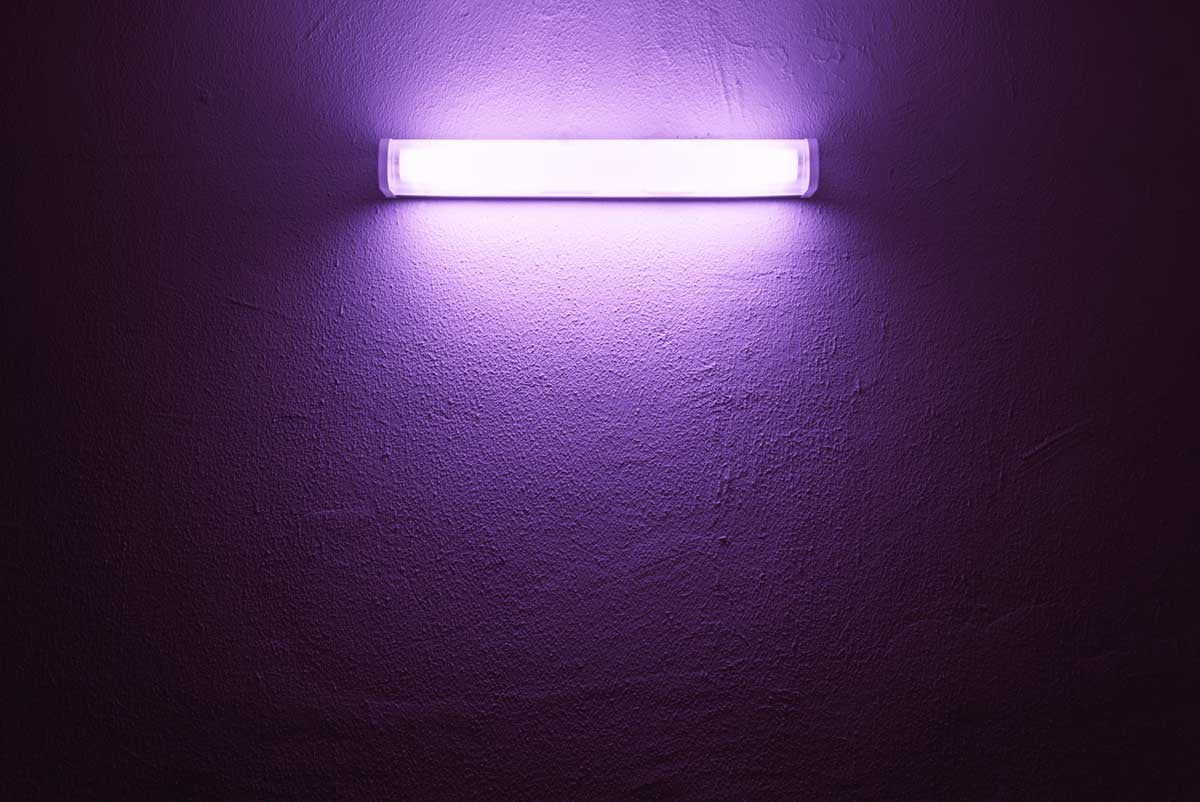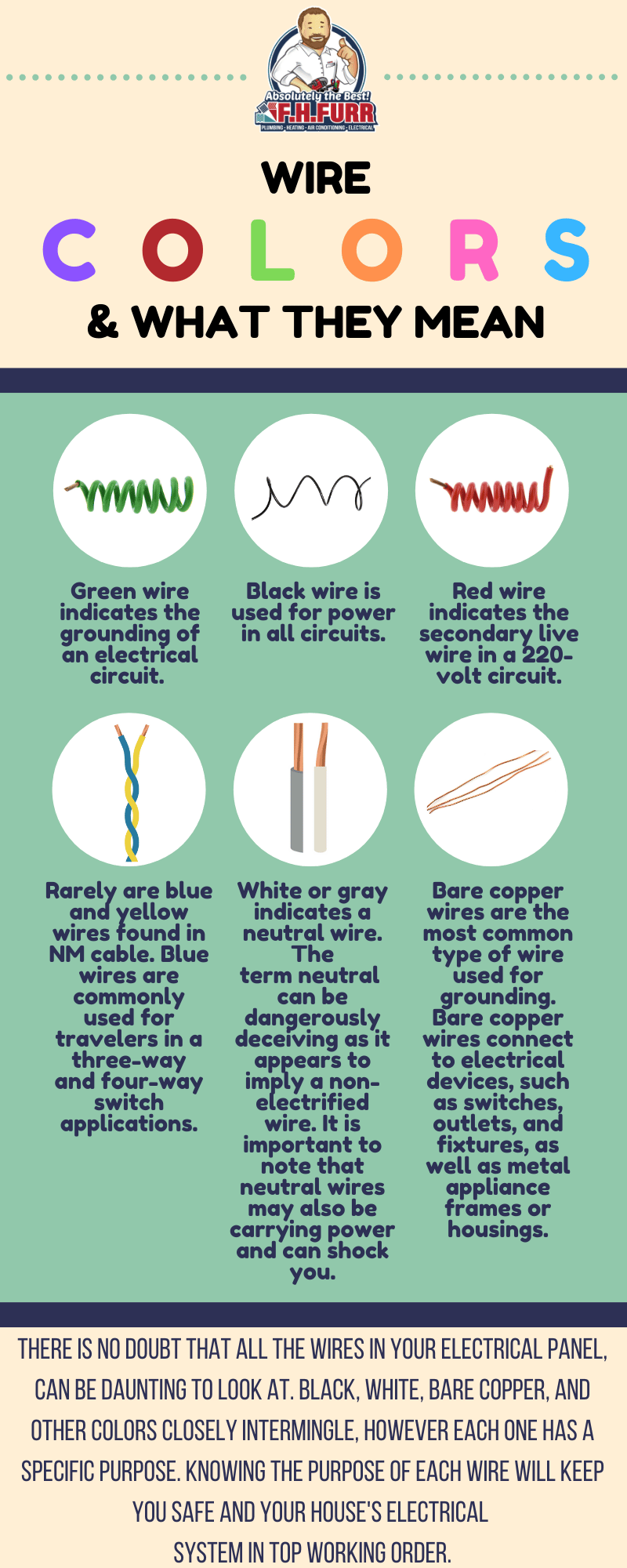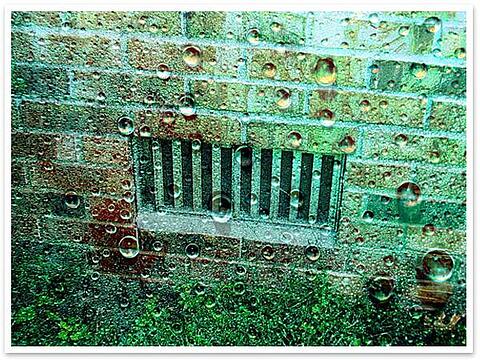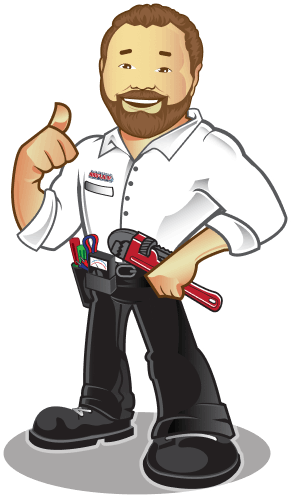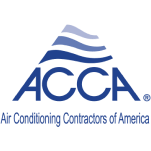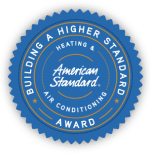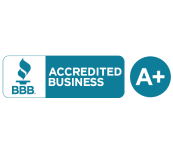Protect Your Bathroom From Mold With 7 Easy Tips & Tricks
Most of us are familiar with mold, whether it appears on our bread or in the tub. But what exactly is it? Mold is a fungus that grows best in dark, damp places. It can occur almost anywhere but is commonly found in structural foundations, cabinets where drainage pipes exist, and in bathrooms where consistent moisture from hot water is being released. Bathroom mold is most common due to excessive heat, steam, and water building on surfaces day after day, without enough ventilation.
Bathroom Mold
Have you ever gotten out of a hot shower and found the bathroom mirror covered in fog? This condensation is causing mold growth throughout your entire bathroom, even if you can’t see it. Areas where mold is most likely to show up in bathrooms include:
-
Tubs
-
Tile
-
Showers
-
Ceilings
-
Cabinets
-
Window Seals
Preventing Bathroom Mold
Mold progresses quicker in these areas because of stagnant water continuing to build. For example, tile cracks where putty sealant exists, are likely to develop mold due to hot moisture sitting on this soft surface. Ceilings often develop mold due to steam rising and collecting on the paint surface. While mold can be difficult to remove once it shows up, you can prevent it from developing with these simple tips and tricks:
1. Ceiling Fan
Make sure that your bathroom has a properly functioning ventilation fan. This will help to circulate hot, damp air to reduce condensation. Always turn on this fan when using the shower, bath, or hot water from the sink.
2. Dehumidifier
If your bathroom is particularly poorly ventilated (door closed, no window, no fan, smaller size), consider using a dehumidifier. A dehumidifier can be plugged into an electrical outlet and uses powerful suction through filters to collect water in the air. Think of it as an “air mop.” This will collect unwanted water in a container, and save you from excessive mold.
3. Towel Drying
Towel drying is one of the simplest ways to discourage mold growth. After using hot water, towel dry mirrors, metal surfaces, ceilings, walls, and floors with a designated towel to keep surfaces dry and clean.
4. Remove Damp Fabrics
Leaving damp fabric materials like towels, rugs, curtains, and even wallpaper, can greatly contribute to the development of bathroom mold. Hang wet fabrics outside of the bathroom to dry, or ensure that the bathroom door is left open to allow greater air flow. Open a window if possible to release hot, moist air and allow cool, dry air in.
Removing Bathroom Mold
Preventing mold with proactive cleaning and maintenance is better than dealing with it, but mold often shows up despite our best efforts. If you have areas of mold or an excessive mold infestation, the following may help you to safely remove it:
1. Check Caulk
Caulk in between tile, tubs, showers, and around the sink, often collects mold due to its soft surface which attracts and collects water. Check all your bathrooms caulking and completely remove and replace any areas where mold is present.
2. Bleach Cleaning
Bleach is an exceptional cleaning agent for many things including mold. It can quickly kill bacteria, preventing further growth, and help to remove mold from surfaces while disinfecting and whitening. Hydrogen peroxide has similar qualities.
Use caution when applying these harsh chemicals and ensure that children and pets are not exposed. Ensure the room is well ventilated and rinse thoroughly! Clean all bathroom surfaces with bleach agents at least once a week to prevent mildew buildup and mold.
Hanging Caddies
If possible, purchase and use hanging shower and bathroom caddies rather than placing shampoo bottles and other products on flat surfaces where water will sit. Mold is more likely to grow around these bottles where stagnant water condenses, leaving nasty rings.
Allowing such products to hang dry will significantly reduce mold. In addition, use mildew resistant shower linings, rust-proof metal, and quick-dry fabrics that won’t collect or hold onto as much water.
Be Bold, Say Goodbye To Mold!
Bathroom mold isn’t just a nasty sight, it can also be extremely harmful to your health. If not properly treated, it can also become difficult to remove without expensive remodeling. Help prevent mold as much as possible with consistent drying and cleaning methods.
If you’re experiencing bathroom plumbing leaks, in need of new fixture installation, or any other plumbing or mold treatment services, call the friendly professionals at F.H. Furr today!


